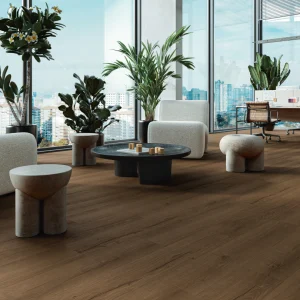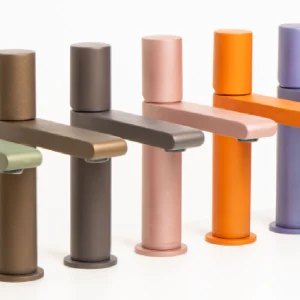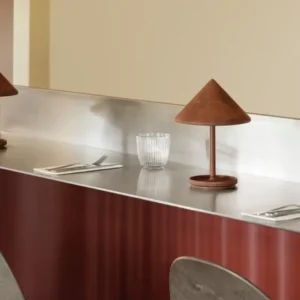The Savannah Branch of the U.S. Green Building Council (USGBC) will be presenting the ‘green’ honour. The $5 million MCSRIC, which has achieved LEED-Gold certification, was completed by US-based Choate Construction, the founding company member of the Georgia USGBC. The new facility has been designed to allow the Skidaway Institute to expand its research in several areas.
Designed by architecture firm Lord, Aeck & Sargent, the new research building provides high-quality laboratory space in a bright, open, airy and environmentally-sensitive setting. The single-storey building spanning 11,000 square feet is expected to be 31% more energy-efficient than a comparable building of a similar use and size constructed with conventional energy strategies, and to use 45% less water when compared with a baseline, or traditional building.
MCSRIC is positioned on the Skidaway Institute’s 700-acre campus, once home to a cattle plantation until 1968, on the banks of the Skidaway River. The owner Robert C. Roebling donated the land to the State of Georgia for the establishment of a marine research facility. It includes 15 buildings that date back to the Roebling Plantation era as well as seven brick buildings constructed in the late ‘1960s and thereafter.
Lord, Aeck & Sargent has combined two different campus building styles and conceived a functional design with high-quality, efficiently designed lab space that could be easily modified as the nature of research changes. Architects have derived design cues from the original Roebling building and the cattle barn.
Some of the MCSRIC design features that are inspired by the earlier structures are clerestory windows, exposed trusses, an above-ground cistern, a traditionally southern haint blue ceiling, and green painted window frames.
The roof structure at the interior is exposed in the centre of the building. Economical Southern yellow pine wood staple trusses are used to give the rhythm of wood timbers. A double-loaded corridor with the laboratories on one end and office functions on the other is designed to function as the building’s organizing feature. High clerestory that runs the entire length of the building helps in flooding the interior with abundant natural light.
Some of the MCSRIC’s green building features include: site orientation that enhances energy efficiency; permeable paths and paving around the building to reduce harmful surface runoff; natural daylight to about 90% of occupiable spaces; solar water heating system; energy-efficient hydronic heating and cooling; occupancy sensor switching and energy-efficient lampsl; outdoor 1,000-gallon cistern for capturing rainwater and morning dew from the roof as well as condensate from the air handling unit; the non-potable water is used by the researchers in their work; dual flush toilets, waterless urinal and low-flow fixtures and faucets; locally sourced building materials; recycled content materials; energy-efficient, insulated window units, filled with Argon gas, are laminated to protect occupants during a hurricane; low VOC adhesives and coverings; bicycle racks and changing rooms; and preferred parking for hybrid and alternative fuel vehicles.
Skidaway Institute of Oceanography is a multidisciplinary research institution within the University System of Georgia.





